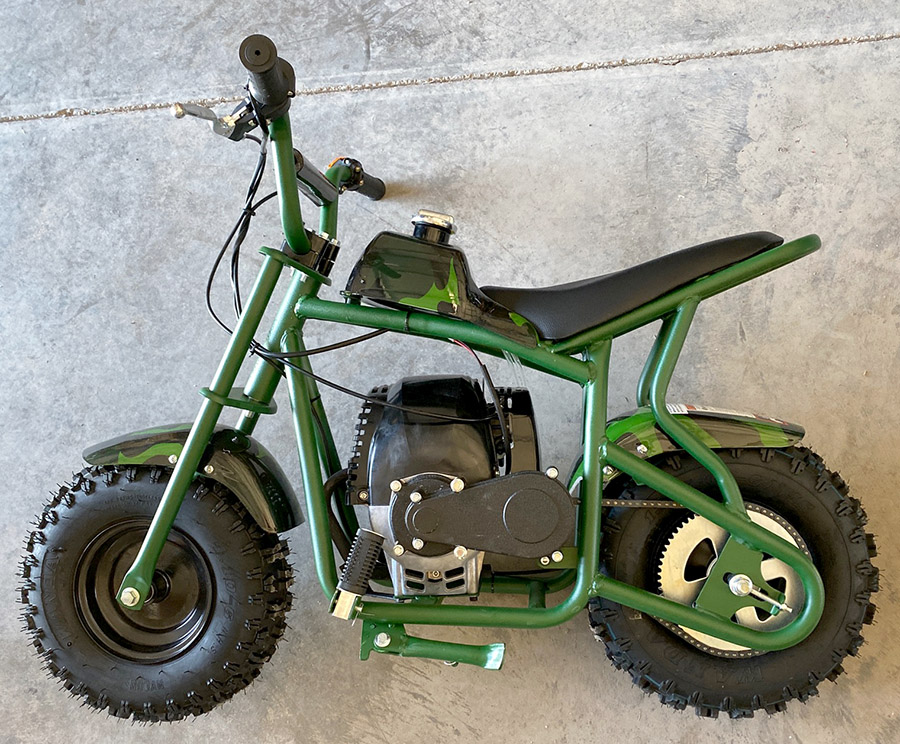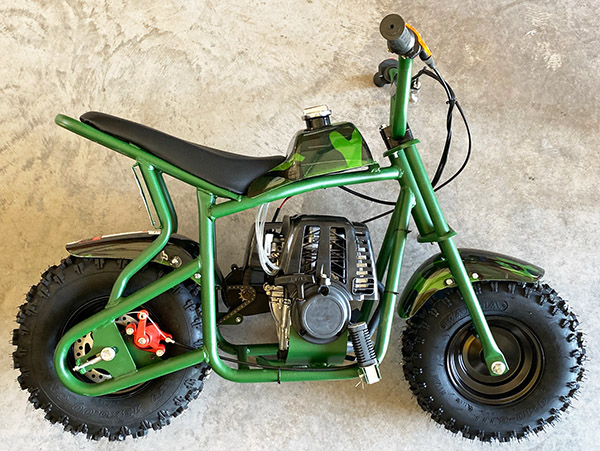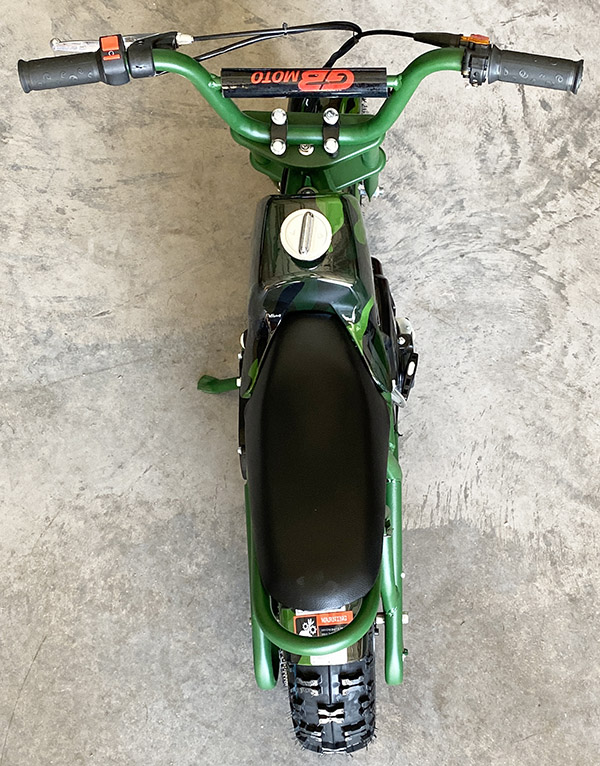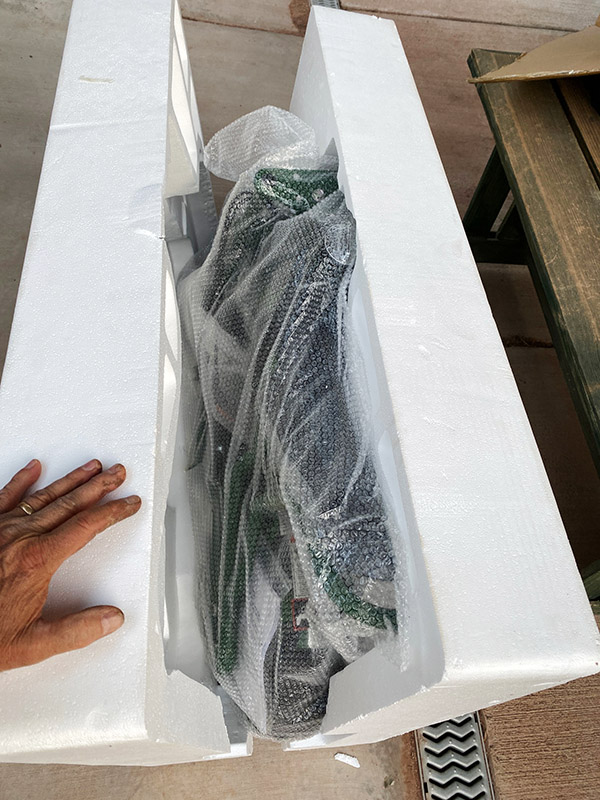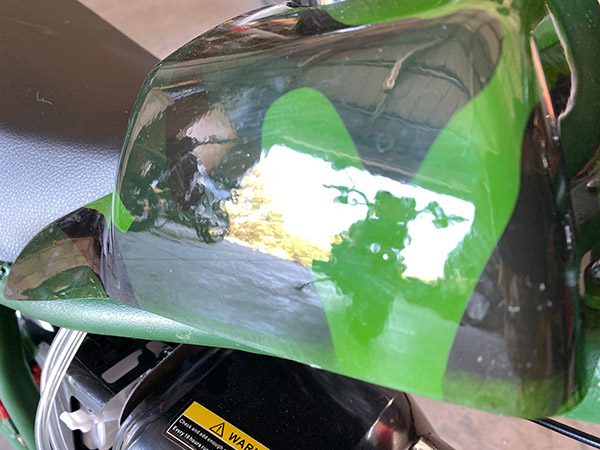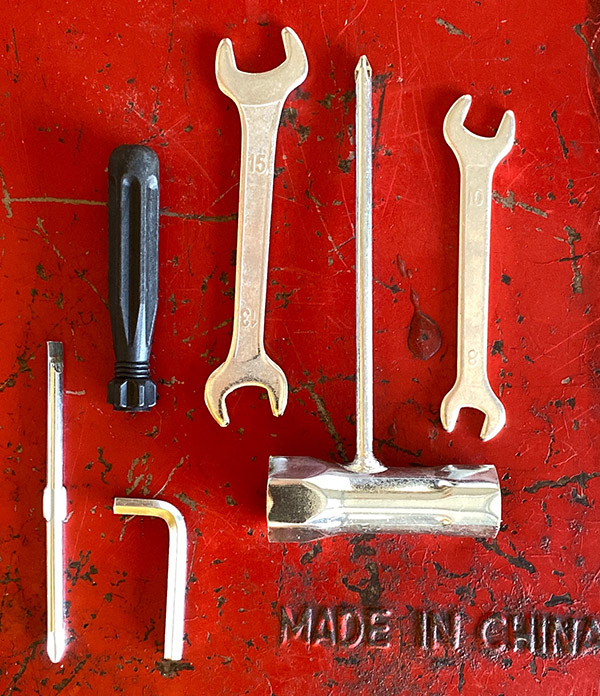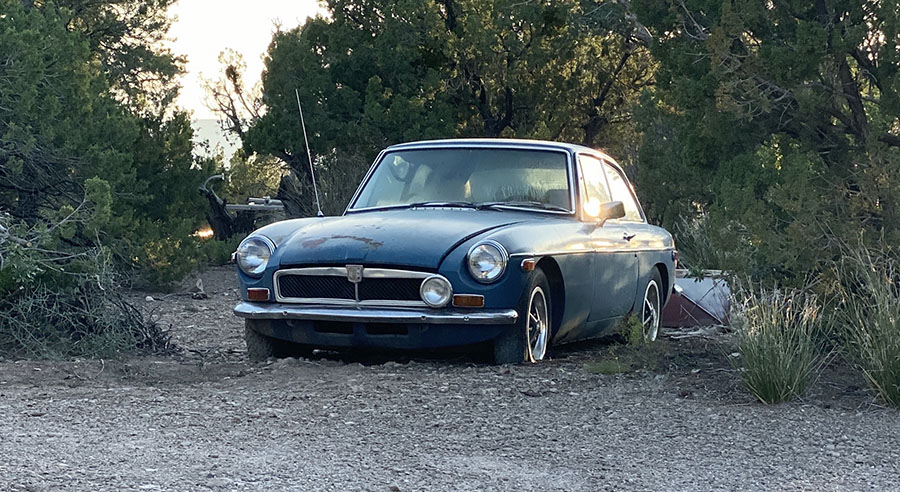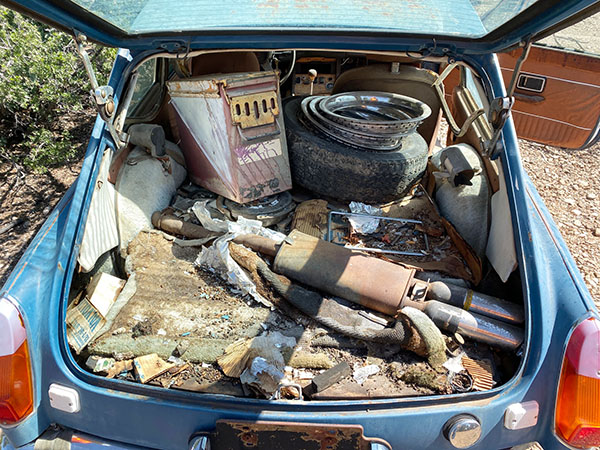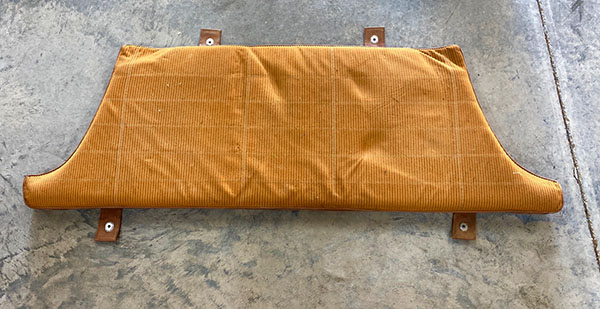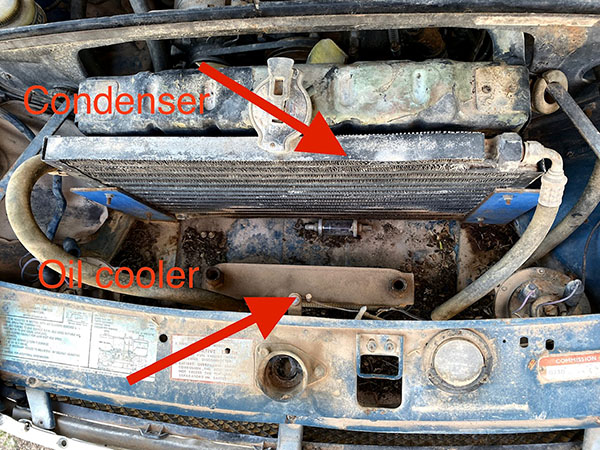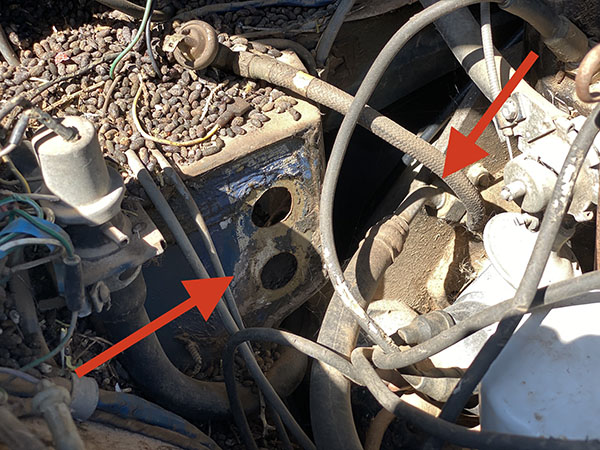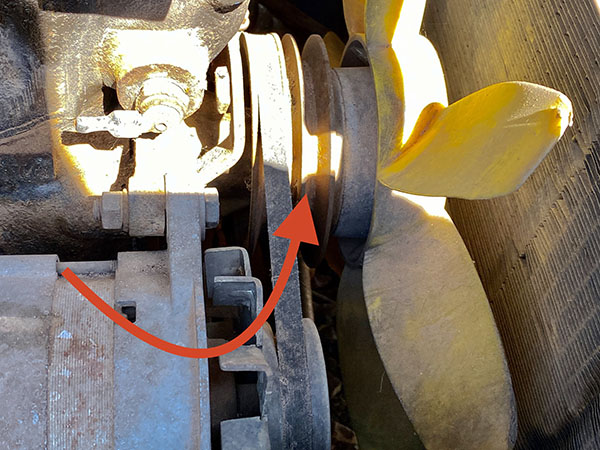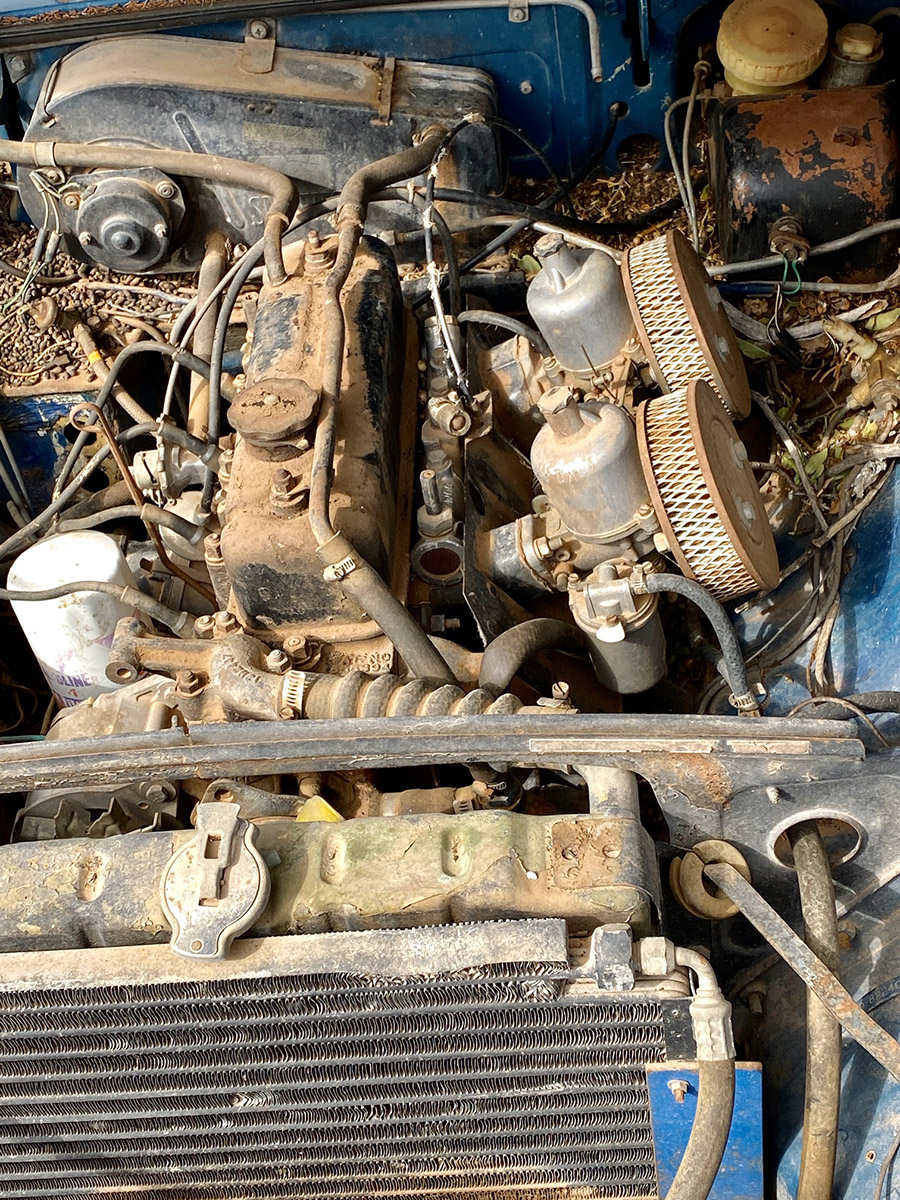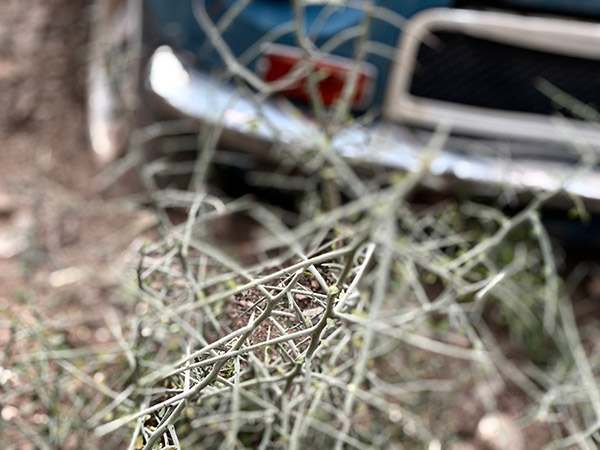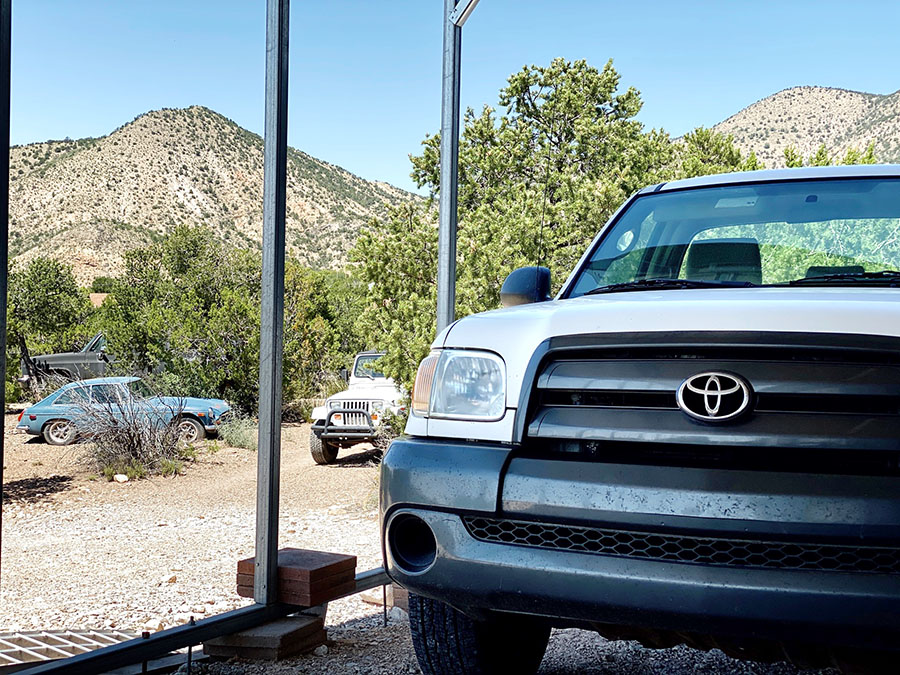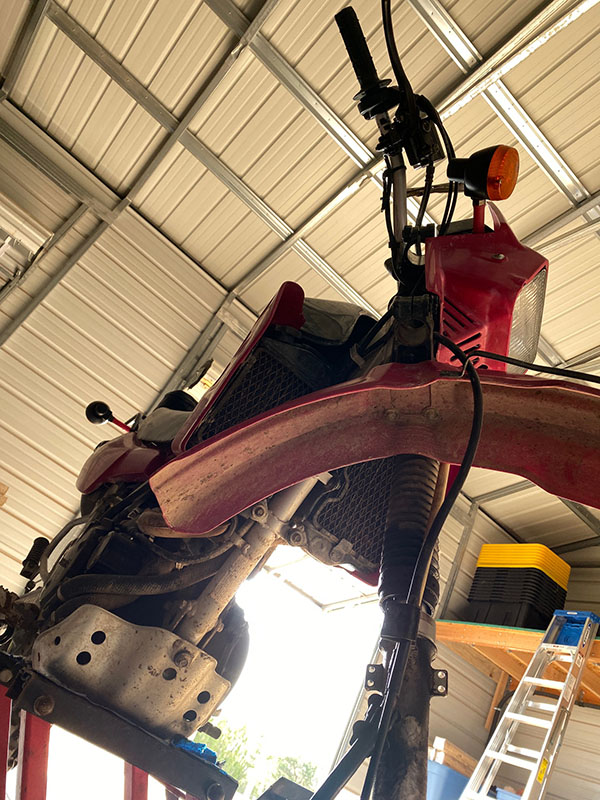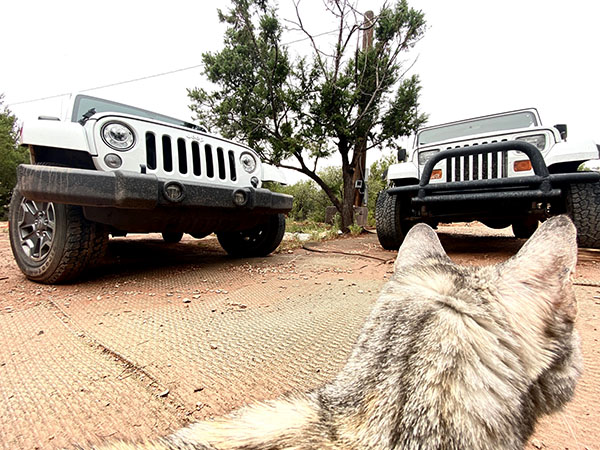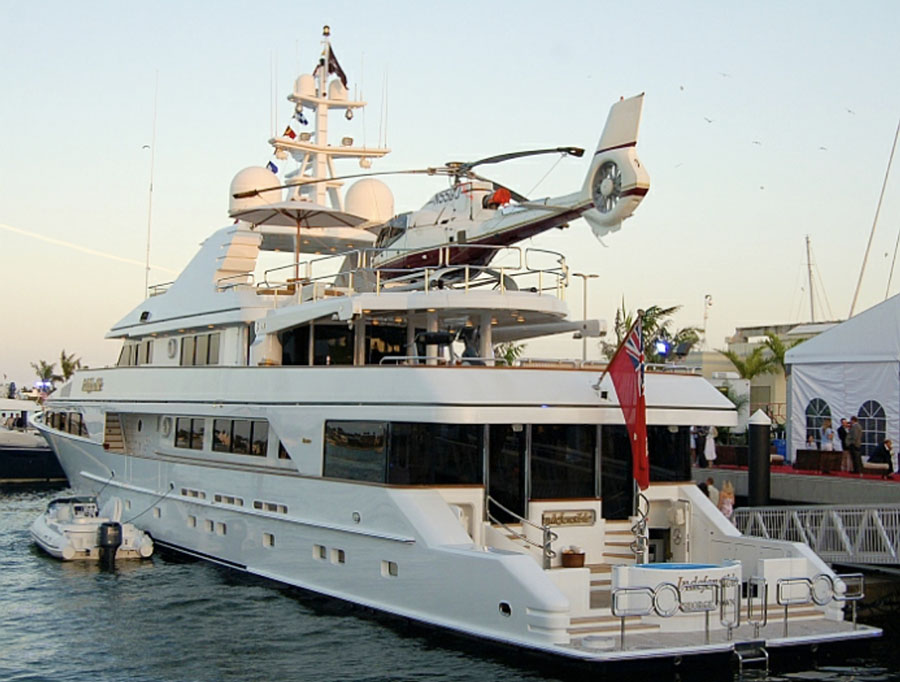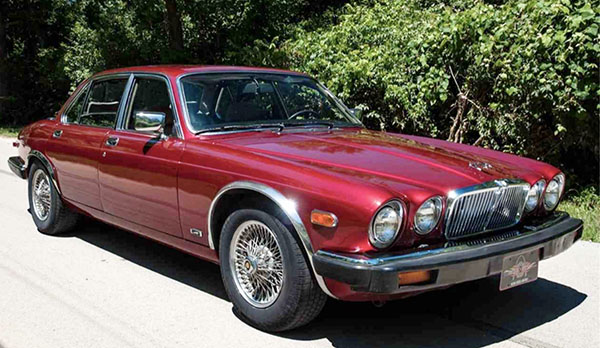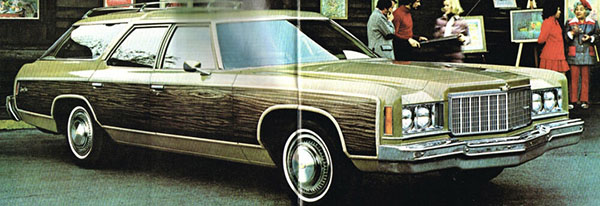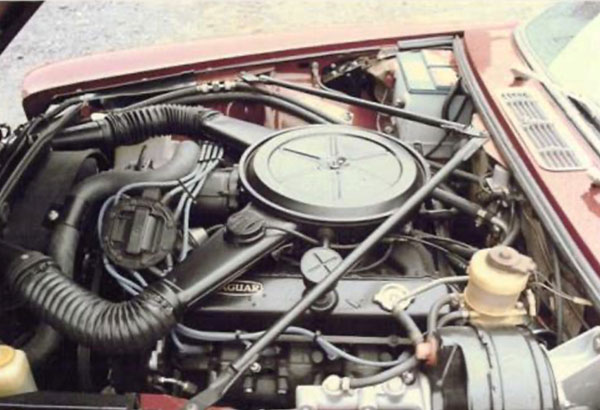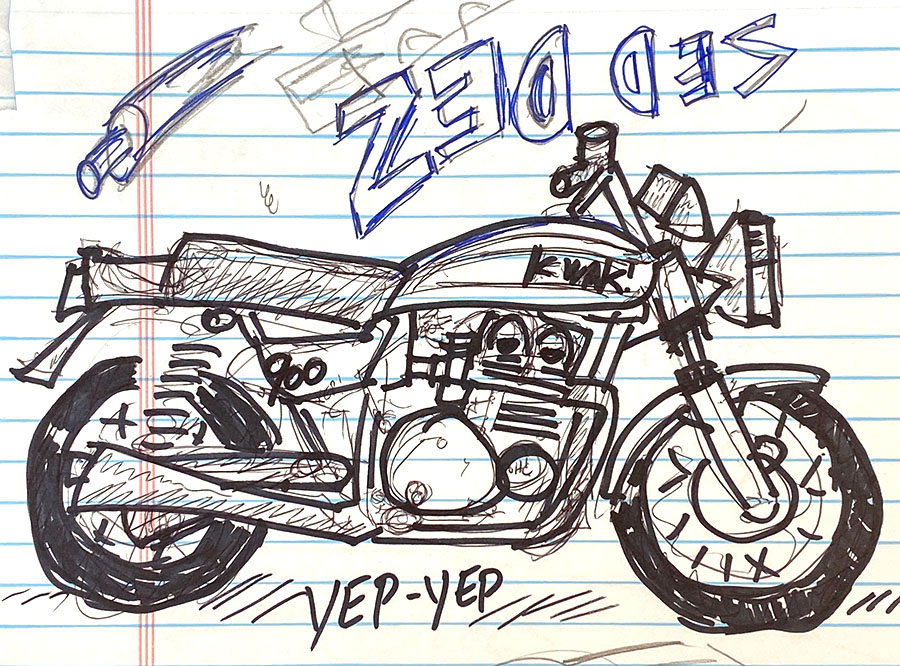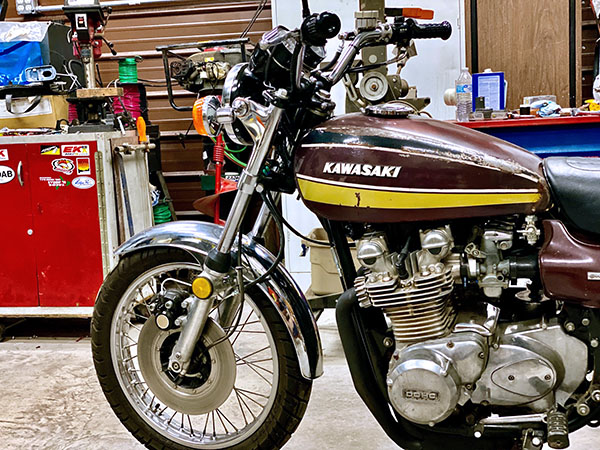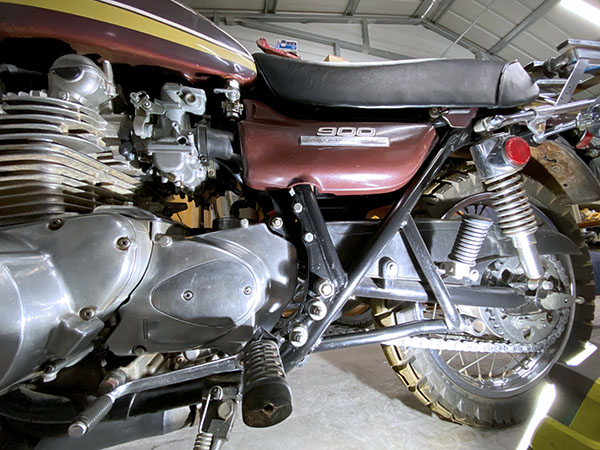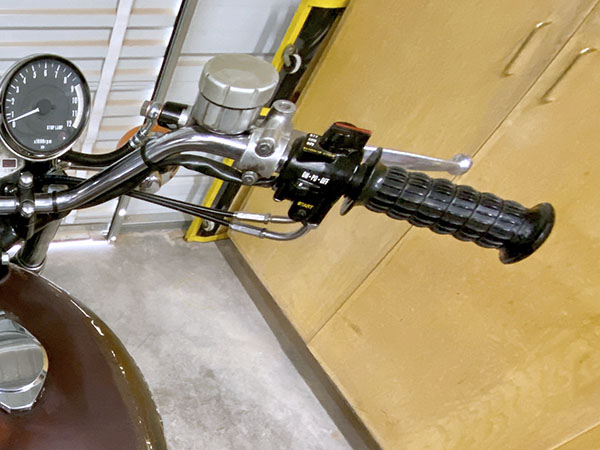Recently we added a paver patio to Tinfiny Ranch’s ever-growing suite of stone and concrete structure. The pavers we used weren’t exactly made for paving. They were that pressure molded, popcorn cement stuff, like a two-cell block but these were all solid. I have a great assortment of 4x8x16 blocks and less, but still plenty of 8x8x16 blocks. I got them at a surplus materials auction for only 20 dollars. No one else bid on them because they are kind of an odd block.
The only catch was you had to move them. The blocks are not that heavy individually but the repetition of loading several hundred of them into The Bomber, a 1990 4X4 GMC Suburban (last year of the solid front axle!) had me questioning the wisdom of bidding so high.
When I bought the blocks I had no immediate plans for them, it was just too good of a deal to pass up. It took three trips to load and move the blocks from the auction yard back home. I made a neat, orderly pile up in the higher reaches of Tinfiny Ranch. The blocks sat there a couple years, not bothering anyone.
During that time I built a retaining wall and leveled the back yard, then I poured a decorative concrete slab around the side and back of the little shack we call home. When I got to the section where the septic tank was buried I had to stop pouring concrete. At this stage of the construction process those $20, auction concrete blocks started to look like a canny deal. Unlike real pavers these blocks were 4 to 8 inches thick. That means I needed a way to cut the blocks to fit the odd shapes mandated by my out-of-square building techniques. I purposely make my home projects cockeyed. It makes them easy to identify if they are ever stolen, like the VIN number on your motorcycle.
Which is, even I have to admit, a really long introduction to this concrete saw review.
I didn’t plan to buy Xtreme Power’s 14-inch electric, concrete wet-saw because I already had a 12-inch Hitachi concrete saw. It’s kind of funny in a sad, losing-my-mind sort of way but it had been so long since I used the Hitachi I forgot what size it was and bought a new 14-inch, wet-cutting, diamond blade for it. Naturally the 14-inch blade wouldn’t fit into the 12-inch saw. Side by side the 14-inch saw is much larger than the 12-inch. It just goes to show you how a couple inches can make a big difference.
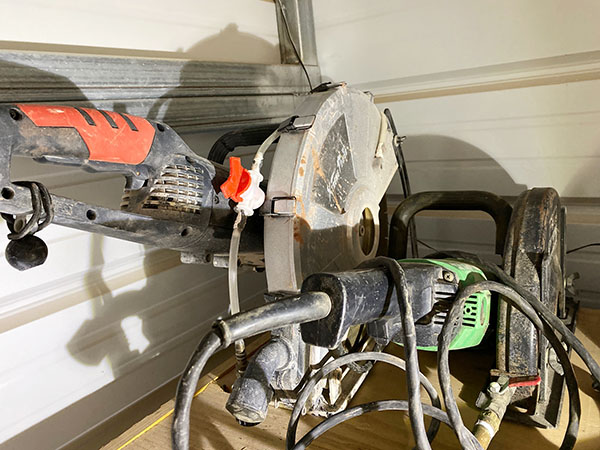
My wife CT, constantly bucking for wife of the century, suggested I check the prices on a new 14-inch saw to fit the blade I had instead of buying yet another 12-inch blade to fit the saw I had. There were other, mitigating circumstances that I didn’t let CT know about. One of them was the fact that the Hitachi was never made to be used wet. It was a dry saw. My Pop welded in a threaded bung for a garden hose and for years we used it plugged into 120 volts while standing in water. We did this because we were construction workers and simply not very bright.
It was only a hundred bucks more to buy a whole new saw rather than eat the sunk costs of the 14-inch diamond blade and buy another 12-inch diamond blade. A big plus is that the Xtreme Power saw is built from the factory to be used wet. All gripping surfaces are electrically isolated and the power cord has one of those super-sensitive GFI-type circuit breakers to prevent idiots like me from electrocuting themselves.
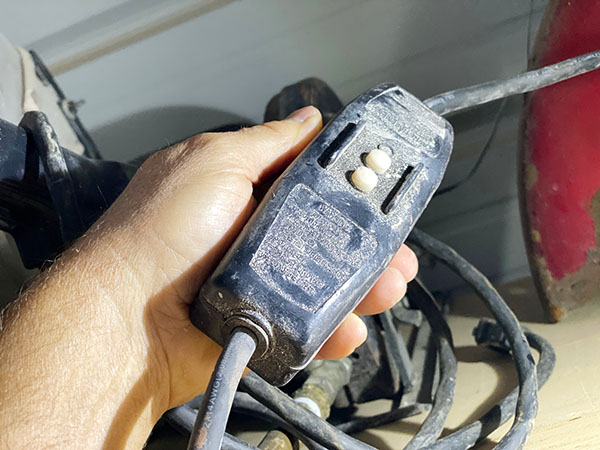
Spinning a 14-inch blade through concrete is not an easy thing to do. It takes lots of power and with a 15-amp rating the Extreme Power saw uses just about all the current your standard household receptacle will supply. You won’t be running this saw on a 100-foot extension cord.
Concrete saws rotate the opposite direction from wood cutting circular saws. Meaning if the saw binds it jumps forward instead of kicking back. Even if it doesn’t bind you have to restrain the saw rather than push it forwards. It’s a handful to keep the thing going in the direction you want.
Xtreme Power’s 14-inch saw was not without its faults. The saw came with a strange water connection than won’t fit any US-spec water hose. I had to replace the stock fitting but the step-down in size from garden hose to saw fitting was huge. I made a spooky looking plastic adaptor to accommodate the size issue.
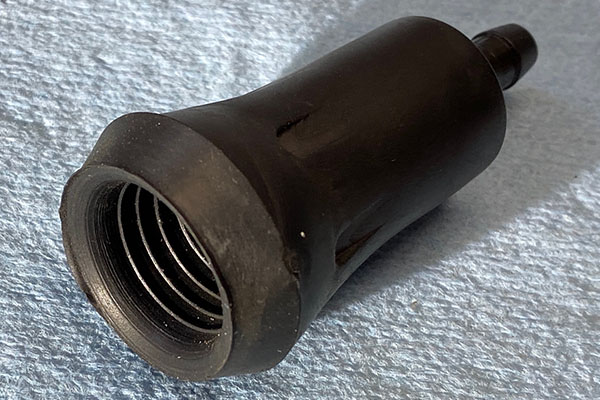
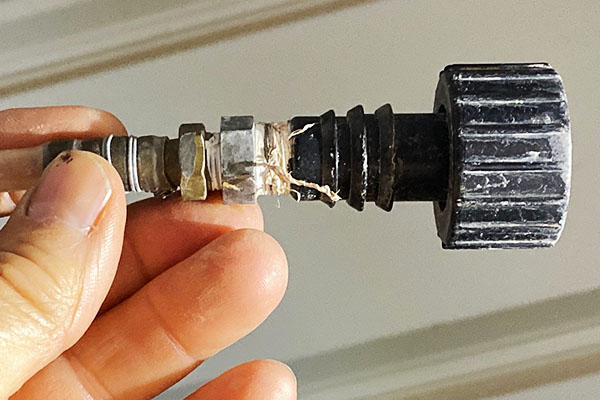
Once connected to water I opened the hose bib and the small hoses promptly blew off and squirted water into the inner reaches my nice new 14-inch Xtreme Power saw. This didn’t bother me, as the manufacturer must have anticipated a wet saw getting wet. Xtreme Power uses water supply hoses that are a soft silicone type of material; so soft they won’t stay on the hose barbs. A few wraps of bailing wire around the hoses secured them and left a nice, sharp barb to cut my hand on should I ever relax my vigilance in the future.
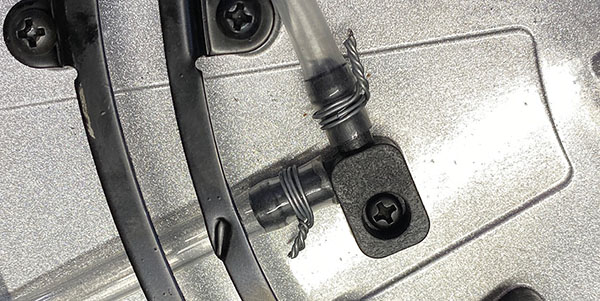
My water supply problems were not over yet. In use those super soft hoses manage to kink easily, stopping the water flow to the blade. It’s easy to tell when the water stops because clouds of cement dust billow from the blade housing. There you are, trying to steer a heavy, bucking saw while holding the water supply hose in a position that won’t cause it to kink. I’m amazed I didn’t sever both my feet with the damn thing. New, stiffer hoses will be installed before I use the 14-incher again.
Ignoring the water hose problem for the moment this saw cuts concrete like butter. I can make a foot-long, 4-inch deep concrete cut in about a minute. There’s no dust but a slurry of concrete mud slinging out the back of the machine means you won’t be carving the Thanksgiving turkey with this thing.
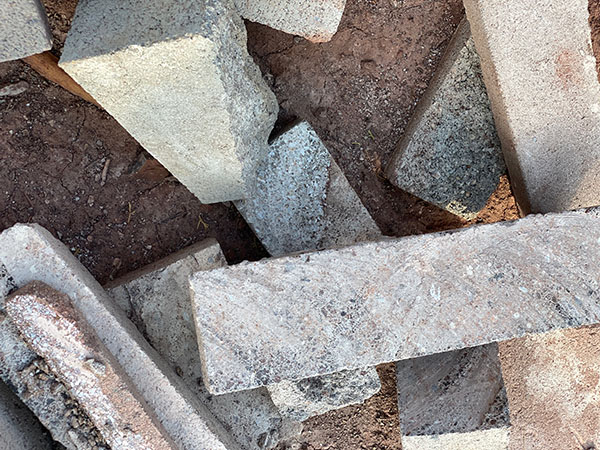
Being a wet cutting saw the blade housing has to cover a large percentage of the blade to prevent the user from being splattered with mud. This housing makes seeing where the blade is cutting nearly impossible. You have to kind of wing it. There’s a notch on the shoe to use as a guide. I had good luck eyeballing the line using the edge of the shoe and the edge of the material as a guide.
Which brings us to another problem with using a 14-inch blade to cut 4-inches of concrete: You may luck out and make a straight cut from the side the saw is on but that big blade has other ideas and will wander outboard leaving behind a tapered cut as the blade flexes. A multitude of passes with shallower cuts would be a better idea but I needed to move on so I chopped the pavers in one pass. Precision is not my bag when it comes to stone work.
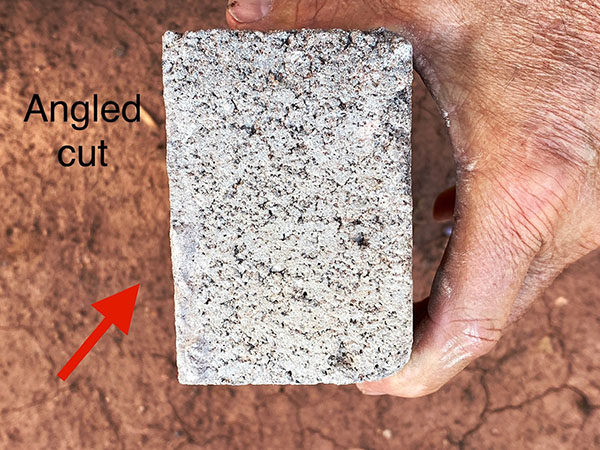
Out of the box, the Xtreme Power saw is not ready to work. You’ll need to redo the water hose system before attempting any cuts. I was cutting really thick blocks so for regular pavers the blade wandering issue probably won’t be a problem. This saw is big and heavy but it has to be because of the size blade it swings. Xtreme thoughtfully included a set of wheels that would come in handy if you were cutting many feet of expansion joints or grooving an area for non-skid. I’d like to rig a handlebar system so the saw could be used as a walk-behind unit.
I can’t comment on longevity. I’ve used the saw two days in total. Amazon has them for $200 with free shipping. That’s a little more expensive than renting a saw for two days but probably less than renting a saw for a week. The blade is not included. You’ll have to buy that separately, which is how I got into this mess in the first place.
You’ll find more Product Reviews here, and if you like Gresh’s writing (and who doesn’t?), here’s a link to more Joe!






